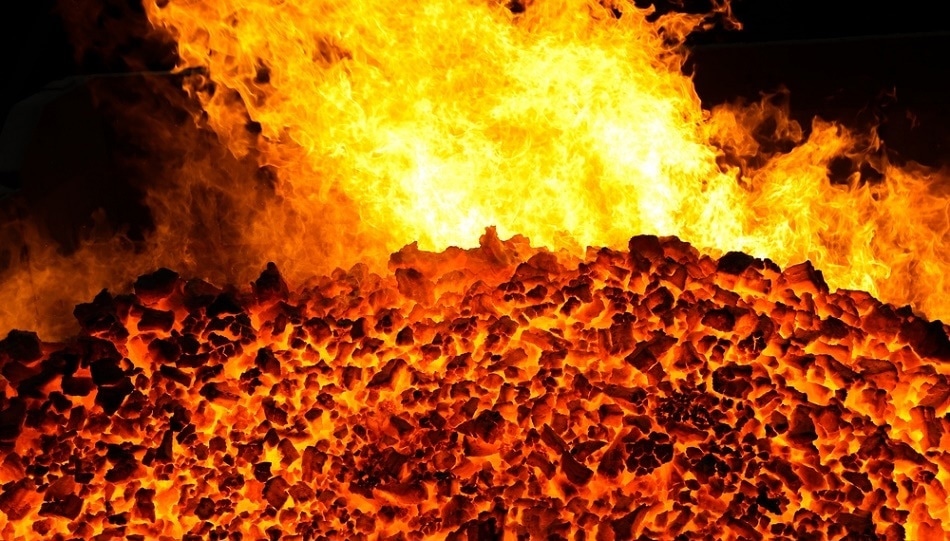Coal and coke is typically used as a source of energy as well as a reducing agent during the first stage of manufacturing steel, when smelting iron ore. The GeoImager™ measuring vitrinite reflectance and does point counting rapidly and accurately.

Shutterstock | D_vasil
Coke is a carbon-rich solid that is produced by the pyrolysis of blends of low-ash coal and low-sulfur. The process is known as "coking" and it is performed to get rid of the volatile components of coal, leaving behind the fixed carbon and an ash residue in the form of a gray, porous solid.
This solid, called coke, is then put in a blast furnace with iron ore in the first step in manufacturing steel.
Making Coke
Bituminous coal blends are typically used for making coke. Bituminous coal should have a certain quantity of volatile matter so as to make good quality coke. Either too much or too little will produce poor quality coke.
Commonly, levels of 26 to 29% of volatile materials are said to be optimum. Therefore, the coals and coal blends have to be tested before being used to manufacture steel and coke. Different grades of coals are combined together so that the coking process is consistent and that the volatiles are kept at an ideal level.
In order to ensure this, the coal has to be tested so that it complies with the specific criteria to create optimal quality coke and to keep up a high level of coke production. Vitrinite Reflectance is one of the most vital tests.
Vitrinite Reflectance
Vitrinite is a maceral and includes a variety of polymers, lignin and cellulose. Measuring the quantity of light reflected by vitrinite macerals is one of the main tests to establish the thermal maturity of the coal blend and its suitability to create coke.
The process has been standardized by several international bodies including both ASTM and ISO. All of the standards require a device called microphotometer, which is designed to measure the intensity of light reflected from a microscopic sampling area at 546 nm. The process is simple: the microphotometer measures the quantity of light reflected from samples from the coal blend at hundreds of points after which a statistical analysis is performed by the computer.
The results of the statistical analysis are used to define the quantity of vitrinite in the coal blend, its thermal maturity and consequently its value for coking. Since numerous measurements have to be performed on each sample, it was a very time consuming process.

Image Credit: The GeoImager™ from CRAIC Technologies for rapid vitrinite reflectance measurements and point counting
Nowadays, instruments such as the CRAIC Technologies GeoImage™ are built to automate this process and significantly enhance a laboratory’s accuracy and throughput.
Figures 1-2 show measurement windows taken with the GeoImage™ to measure the amount of vitrinite in a coal sample. It is possible to determine the thermal maturity of the source rocks from this data.

Figure 1: Image Credit: GeoImager™ can measure vitrinite reflectance automatically or manually

Figure 2: Image Credit: GeoImager™ can also be configured for point counting of coal samples
Point counting
Point counting is another quantitative method for characterizing coal and coke compostion. Using a petrographic microscope equipped with GeoImager™ and automated stage, a prepared coal sample reveals a myriad of details and features, each offering useful data for characterizing the sample. These details are crucial in initial exploration assessments, prospect development, or field exploitation.
Point counting operates on statistical principles. Numerous points of the coal sample are imaged and the features at each point are recorded. This is used to compile a comprehensive description of the coal samples and to aid in grading them.

This information has been sourced, reviewed and adapted from materials provided by CRAIC Technologies.
For more information on this source, please visit CRAIC Technologies.